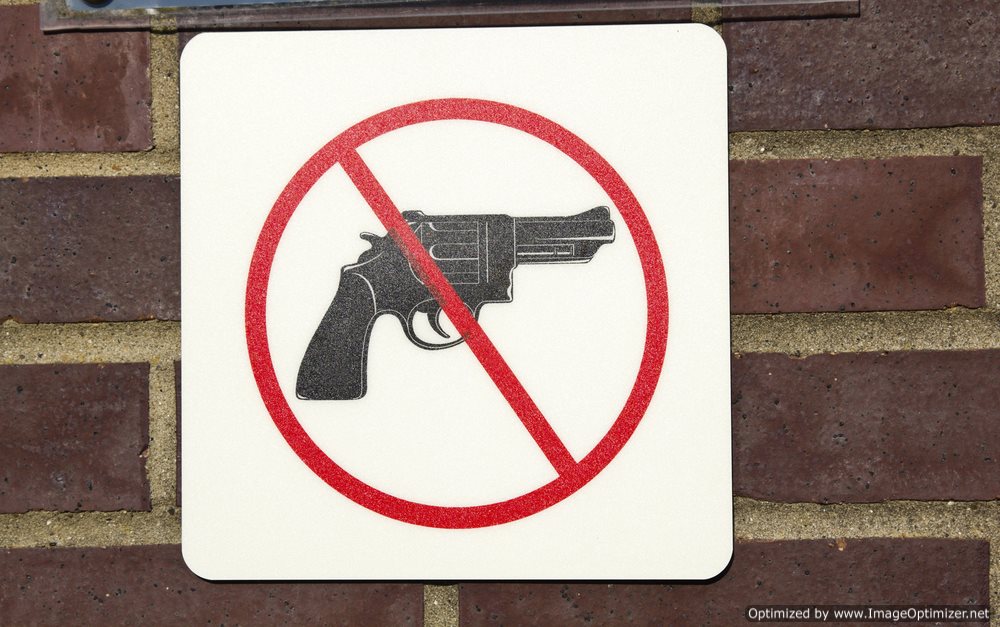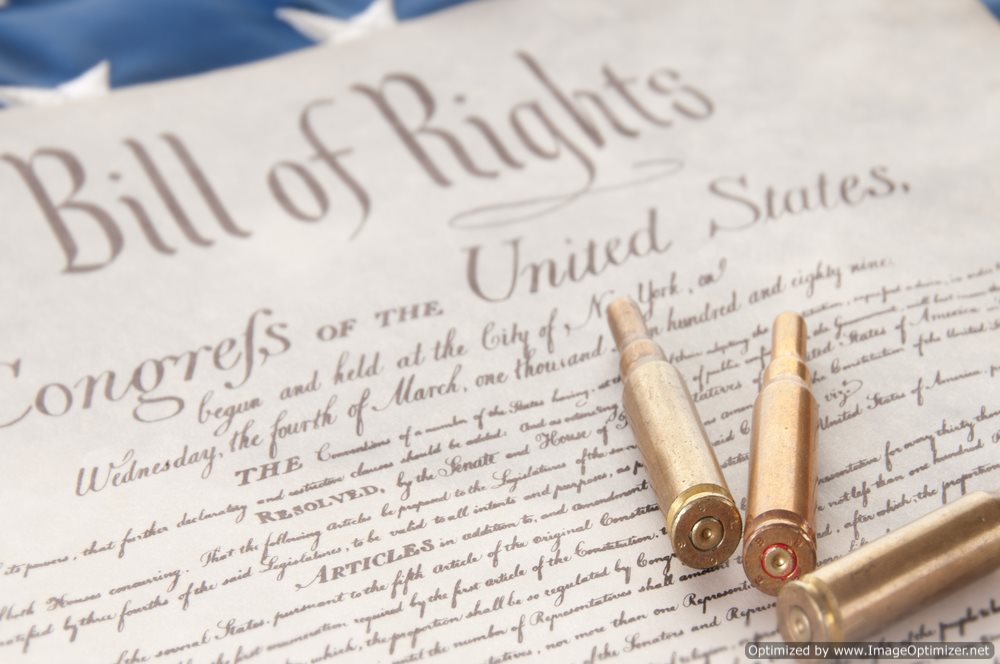Understanding Gun Safes


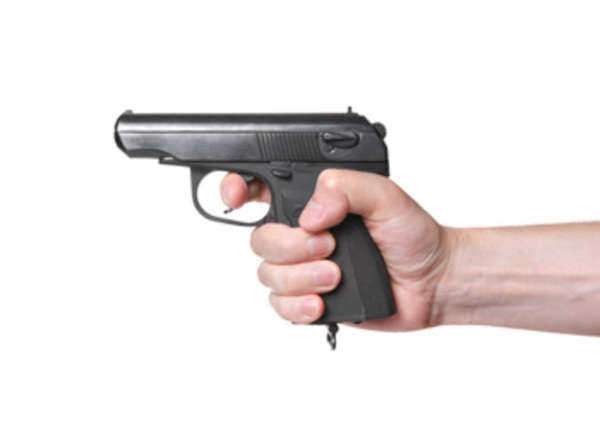

This month, the Senate blocked a plan for expanded background checks on gun purchases. This plan was supposed to extend background checks to those who purchase their firearms online or at gun gun shows, but failed to receive the 60 votes needed to pass in the Senate, receiving only 54 votes in favor and 46 against. Sen. Dianne Feinstein, arguably one of the fiercest gun control advocates in the Senate, proposed a ban on military-style assault weapons that also failed to pass with only 40 votes in favor and 60 against it.
(More on News at LAWS.com, contact Adam for interviews “adama@laws.com”)
The background check amendment, which was drafted by Democratic Senator Joe Manchin of West Virginia and Republican Senator Pat Toomey of Pennsylvania, was seen by many, including President Obama, as the needed compromise that would help to pass gun-control legislation after the Sandy Hook Elementary School shooting perpetrated by Adam Lanza that left 20 children and six adults dead. It was hoped that this amendment would offer the compromise needed to pass in the Senate. However, most Republicans and four Democrats from gun-friendly states voted against it.
Gun control and gun rights are certainly contentious issues in our country that continue to divide public opinion. Opponents of the Manchin-Toomey amendment have emphasised that it only served to infringe upon the right to bear arms guaranteed by the Second Amendment and would do little to keep guns out of the hands of the mentally ill and criminals. Proponents of the bill say that these types of background checks are vital to saving innocent lives. Every year, 30,000 Americans are killed by guns in homicides, suicides or unintentional shootings.
The Violence Policy Center (VPC) is a national, non-profit organization based in Washington, DC that aims to end the yearly death toll and injury from guns through research, education, collaboration and advocacy. The VPC points to the fact that firearms are the only consumer product not regulated for health and safety by a federal agency. The VPC believes that this exception is what has led the gun industry to be able to increase the lethality of firearms. Applying consumer safety standards to guns, the VPC believes, will greatly reduce gun violence.
The following is an interview with Josh Sugarmann, Executive Director of the VPC, on his thoughts and feelings on the failure of the gun control legislation to pass and the work of the VPC in the realm of gun control.
1. How do you feel about the defeat of the gun-control legislation in the Senate?
The Senate votes are the latest example of the unique power that the NRA holds over the U.S. Congress. The battle for effective gun laws will not be won until the vast majority of Americans who want to reduce gun violence make their voices heard: not just in the wake of the most recent tragedy, but in an ongoing effort that reflects the all-too-high price meted out in gun death and injury each day in our nation.
2. What message would you send to those in the Senate who voted against this legislation?
From the assassination attempt of then-Representative Gabrielle Giffords, to the shooting death of Trayvon Martin, to the movie theatre shooting in Aurora, to the tragedy in Newtown, Americans are demanding action on gun violence to protect their communities. And while these tragic and horrific events focus the nation’s attention on the issue, each year guns claim more than 31,000 lives in homicides, suicides, and unintentional deaths. At the same time, states with the most lax gun laws and higher rates of gun ownership have the highest gun death rates–and many of the Senators who voted against the gun bills are from states with the highest rates of gun death [https://www.vpc.org/press/1302gundeath.htm]. In addition, there is a growing awareness that today’s NRA has become nothing less than a trade association for the firearms industry, which contributes tens of millions of dollars to the organization [https://www.vpc.org/press/1104blood.htm]. Just as there will inevitably be future gun tragedies that grip our nation, there will be future votes to stop them. It is time for our federal policymakers to listen to the majority of the American public that wants effective gun policies that will save lives, not just the gun industry-funded arguments of the NRA.
3. How do you think the gun-control movement should move forward from this?
Historically, the gun violence debate has been defined, and all too often decided, on the actions of a small, yet vocal, pro-gun base. Most Americans don’t own guns, and the percentage of American households that do has been shrinking for decades [https://www.vpc.org/press/1104norc.htm]. In the wake of the Newtown mass shooting and the Senate votes, we are seeing a new, engaged, gun violence prevention movement forming: one that will speak for the majority of Americans who want effective local, state, and federal policies to stop gun violence. This movement must grow and expand. With the focus on the Senate votes, less attention has been paid to the successful state measures–for example, assault weapon bans in Connecticut and New York and a ban on high-capacity ammunition magazines in Colorado—that have been passed in the wake of the Newtown tragedy. State efforts must continue as they will drive federal policy. Overall, the changing nature of the gun industry itself—an abandonment of traditional sporting arms and an embrace of increasingly lethal military style weaponry at the expense of public safety—must continue to be a focus of our movement’s public education activities. Most people, if they knew, would be shocked at what the gun industry has become.
4. What is the next step now for the Violence Policy Center now that this legislation has been blocked in the Senate?
The VPC works to reduce gun injury and death in America by approaching firearms violence from a public health perspective and illustrating the need to hold firearms to the same health and safety standards as other consumer products. To this end, the VPC: conducts research on the gun industry, regulatory approaches and firearms violence; develops public policy options and offers analyses of proposals that seek to reduce violence; conducts public education activities through the news media and various organizations; educates opinion leaders and policy makers; supplies technical and policy support to national, state, and local gun violence prevention organizations; and, works to empower and engage organizations not traditionally part of the gun violence debate, but that represent constituencies affected by firearms violence. The VPC will continue these efforts with the goal of aiding and supporting the growing movement to prevent gun violence.
5. What are some of the accomplishments of the Violence Policy Center?
Past VPC policy accomplishments include: identifying, de-funding, and keeping de-funded a multimillion dollar federal program that rearmed thousands of convicted, often violent, felons at taxpayer expense; reducing the number of Type 1 federally licensed gun dealers from a quarter million in 1992 to less than 53,000 today; introducing, through its publication Cease Fire: A Comprehensive Strategy to Reduce Firearms Violence, the concept of comprehensive health and safety regulation of the firearms industry as the most effective approach to reducing firearms violence; first identifying the firearms trafficking threat posed by gun shows; being a leader of the coalition that led to the enactment of the Domestic Violence Offender Gun Ban, which bars individuals convicted of misdemeanor domestic violence crimes from possessing firearms; helping craft policies in Massachusetts and California placing firearms under consumer health and safety regulation; and, first exposing the threat posed by 50 caliber sniper rifles, leading to their being banned in California and legislation introduced in other states.
For more information on the Violence Policy Center, please visit their page. For more information on gun laws and news, please visit our Gun Laws Page.
Interviewed with Josh Sugarmann of the Violence Policy Center, Washington, DC
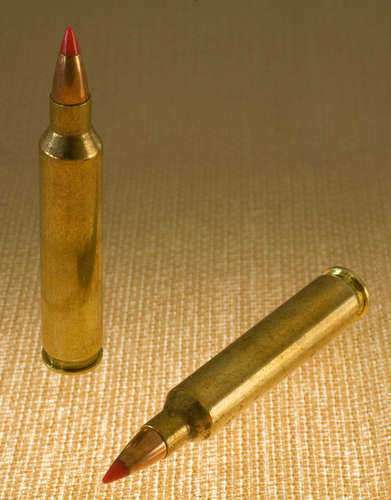
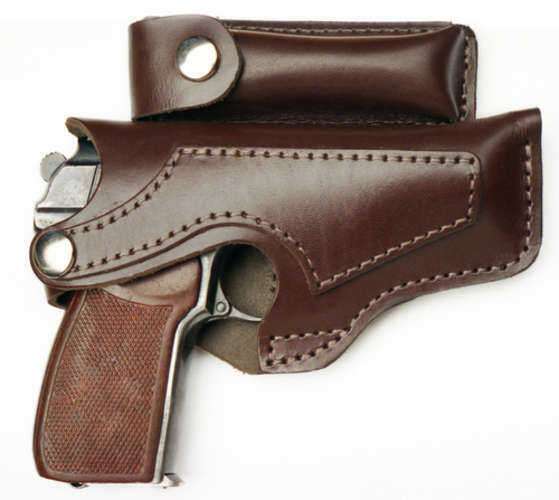
The pending gun-control legislation that is set to be debated in the Senate this week has as its key provision an expanded background check system. This system would require background checks on people purchasing guns in a wide variety of circumstances.
(More on News at LAWS.com, contact Adam for interviews “adama@laws.com”)
It was crafted by Sens. Joe Manchin, D-W.Va., Charles Schumer (D-NY), and Patrick Toomey, R-Pa. It has gained some Republican support over the past weekend, notably that of Sen. Susan Collins of Maine. However, this may not be enough to pass this measure, as some Democrats from gun-friendly states are expected to oppose it. Supporters of this measure say that it will help keep guns out of the hands of those who should not have them, such as criminals and the mentally ill. However, opponents of this measure say it does nothing but curtail the Second Amendment and will do nothing from preventing the aforementioned targeted populations from acquiring guns.
Gun Owners of America (GOA) is a gun rights organization which was founded in 1975. It has over 300,000 members, and its main goal is to defend the Second Amendment. It has been called “The only no-compromise gun lobby in Washington,” by Congressman Ron Paul. GOA believes that Americans have lost some of their gun rights, and it seeks to reclaim these rights.
The following is an interview with Michael Hammond of GOA on his views on the pending gun-control legislation set to be debated in the Senate.
How do you feel about the pending gun control legislation?
We think it is a horrible idea! Lanza stole his gun! This bill is not responsive to Newton, Aurora or Tucson; there were background checks in all these places. All it does is exploit a tragedy. Like the Brady Law of 1994, these laws do nothing to stop copycat shootings. They simply serve as a platform for more gun-control laws.
Currently, Republican alternative gun control legislation is in the works, which is supposed to include tougher laws on illegal gun trafficking, straw purchases, and to increase efforts to keep guns out of the hands of the mentally ill and keep schools safe. How do you feel about this alternative?
This is a bill which is being drafted by Senator Chuck Grassley. We have been asked to comment on the Grassley Bill. We had real problems with its negligence clause. We studied it very hard and agreed that the negligence language be taken out.
Do you think that maybe what is truly needed is to simply keep guns out of the hands of those who should not have access to them (e.g. the mentally ill) rather than make it tougher for law-abiding citizens to purchase firearms?
The problem is that beginning with the Clinton administration, the ATF listed a person as mentally defective based on a determination by a psychiatrist with the federal program. Because of that, 150,000 veterans were not able to purchase firearms.
What are some of the accomplishments of the Gun Owners of America in the realm of gun-rights advocacy?
We were the only ones post Columbine who took the position that there should be no gun control of any kind. The National Rifle Association was supporting 90 percent of Clinton’s gun-control legislation. We opposed them and killed a lot of those provisions with the help of House Republican Tom Delay. I drafted the Smith Amendment when Clinton tried to impose a tax on Brady Checks and tried to keep Brady Check records indefinitely… I drafted the Smith Amendment which said you cannot impose tax on Brady checks. That has been carried into law since under the auspices of Senator Smith and congressman Tiarcht. We were also the group that championed the Armed Pilot Legislation, which trains pilots to keep guns in cockpit.
If this legislation does pass, what will be the next step for Gun Owners of America?
We will see what happens. If it passes in the Senate we would kill it in House! If anything the passage of this legislation would be a huge defeat for us and the NRA and others in the gun rights movement.
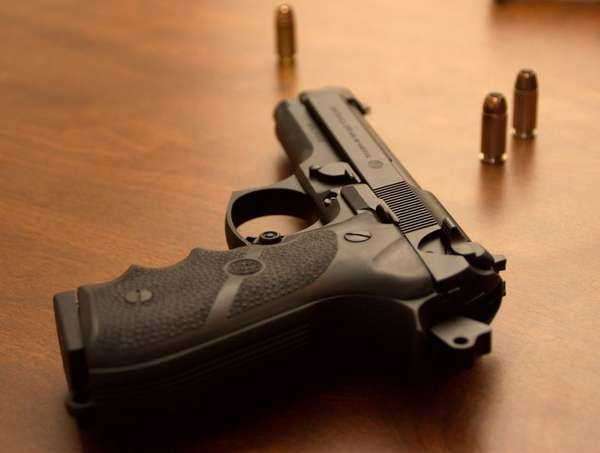
On April 17th, the Senate rejected a plan to expand background checks for gun buyers. The plan to extend background checks to gun-show purchases and online purchases failed to get the 60 votes needed to pass in the Senate, receiving only 54 votes in favor and 46 against it. The proposed ban on military style assault weapons also failed to pass.
(More on News at LAWS.com, contact Adam for interviews “adama@laws.com”)
The background check amendment drafted by Republican Senator Pat Toomey of Pennsylvania and Democratic Senator Joe Manchin of West Virginia was President Obama's best hope to pass gun-control legislation after the massacre of 20 children and six educators at an elementary school in Connecticut. He had hoped that this amendment would offer enough of a compromise so as to pass in the Senate. Most Republicans and four Democrats voted against the amendment.
Gun rights and gun control are certainly contentious issues in the United States that continue to divide public opinion. Opponents of the Manchin-Toomey amendment have emphasised that it only served to infringe upon the right to bear arms guaranteed by the Second Amendment and would do nothing to keep guns out of the hands of criminals or mentally ill.
Jews for the Preservation of Firearm Ownership (JFPO) is a non-profit educational civil rights organization that was founded in 1989. Its initial aim was to educate the Jewish community about how Jews had suffered in history when they were disarmed. It welcome and expanded its aims to educate people of all faiths on what it views as potentially dangerous victim disarmament policies.
The following is an interview with Charles Heller, Executive Director of JPFO, on his thoughts and feelings about the failure of the gun-control legislation to pass in the Senate and the work of his organization in the realm of gun rights.
1. How do you feel about the rejection of the Senate of the gun-control legislation?
We think it's a good thing. Criminals have a tendency not to go to legitimate sources for guns. As such, restricting private sales via a prior restraint, strikes us as just a reversion to Jim Crow. If you liked segregation, you will love gun control.
2. What message would you send those in the Senate who supported this legislation?
Go home, and let freedom ring. Help elect someone to replace you who grasps the concept of individual liberty.
3. Do you think that maybe what is truly needed is to simply keep guns out of the hands of those who should not have access to them (e.g. the mentally ill) rather than make it tougher for law-abiding citizens to purchase firearms?
Yes. Devote all the resources that would be used on prior restraints, and focus them on criminal and insane misuse of arms. Also, be open to the lawful arming of people in sensitive places, such as schools.
4. What are some of the accomplishments of Jews for The Preservation of Firearms Ownership?
We discovered and published the fact that our 1968 "Gun Control Act," was based largely on the 1938 Nazi Weapons Law, and that the work was done to translate that law by our State Department at the behest of Thomas Dodd, a prosecutor at Nuremberg.
We created a movie, "Innocents Betrayed," which shows the history of genocide by government outside of war in the 20th Century. It illustrates that the predicate act in every case was disarmament of the victims.
Our Rabbi, Dovid Bendory, has done a video with us called "The 10 Commandments of Self-Defense," stating the biblical principles as to why gun control is evil.
We have published "The Kosher Gun Laws," showing exactly which gun laws are moral.
We have engaged medical professionals to openly discuss the progression of irrational hatred of guns, and investigate possible cures.
We have produced a DVD called, "The Gang," documenting some of the dishonest acts of the BATFE.
We have published "Dial 911 and Die," written by Arizona Attorney Richard Stevens, documenting the Supreme Court cases which relieve the police of the duty of protecting the individual citizen of the U.S.
We have produced the DVD "No Guns For Negroes," with The Congress of Racial Equality, about the history of violence and suppression of the rights of Blacks.
We have produced the DVD "No Guns For Jews," showing the history of oppression against Jews, via arms control. We have produced several music albums about the Bill of Rights.
We have translated the Bill of Rights into 10 other languages for all the world to adopt.
5. What are some of the future plans for the JPFO?
We plan to continue to publish the facts about gun control, its evils, and lawful methods that can be used to end it.
For more information on Jews for the Preservation of Firearm Ownership, please visit their site. For more information on gun laws and news, please visit our Gun Laws Page.

 Guns come in a myriad of types, including rifles, shotguns and pistols. In addiction to type, guns come in various calibers which is measured as the diameter of the barrel of the gun, as well as the diameter of the ammunition used in that weapon.
Guns come in a myriad of types, including rifles, shotguns and pistols. In addiction to type, guns come in various calibers which is measured as the diameter of the barrel of the gun, as well as the diameter of the ammunition used in that weapon.
Antique guns
Antique guns are often subject to differing laws and regulations, depending on whether of not the guns function. Functioning antique guns hold a higher value than those that do not. However, antique guns that have never been fired hold the highest value of any antique guns.
Caliber
The caliber of a weapon is used to determine the caliber of ammunition which will be fired from a gun. The caliber of ammunition is a measure of the diameter of that ammunition. Different caliber weapons may have a different purpose, as lower calibers may penetrate more effectively, but larger caliber ammunition may cause larger wounds and more extensive damage when fired.
Handgun laws
Handgun laws apply on the federal and state level. However, something allowed by federal law, may be prohibited according to state law. Yet, nothing prohibited by Federal law, may be allowed by state law.
Shotgun
Shotguns are fired while they rest on the shoulder of the operator. Sawed off shotguns are those which have a barrel of less than eighteen inches. Sawed off shotguns require a special permit from the ATF and are prohibited in some states.
Machine gun
Machine guns may be automatic or semiautomatic. Automatic weapons require the operator to pull the trigger one time and maintain continuous firing. Semi automatic requires that the operator continuously pull the trigger. In both cases the guns have self loading ammunition.
Rifle
Rifles may be automatic or semi automatic. Rifles are fired while the gun rests on the shoulder of the operator. Rifles are generally very accurate weapons which can inflict great injury at long distances. Sniper rifles employ the additional technology of a telescopic sight so that the operator can see their target from much greater distances, while firing accurately.
Silencer
Silencers are used to make the sound of a weapon firing completely undetectable. Silencers reduce the gas that is released from the weapon, as well as the velocity at which the ammunition travels through the weapon, both of which reduce the sound of that weapon being fired.
Illegal guns
illegal guns are contributing to the frequency of crimes, especially violent crimes. There have been many attempts to curb the number of illegal guns that enter the country and so far, few have been effective.
Brady Bill
The Brady bill required that individuals undergo a waiting period before they were able to purchase a gun. In addition, no individual could buy a gun without being subject to an intense background check.
